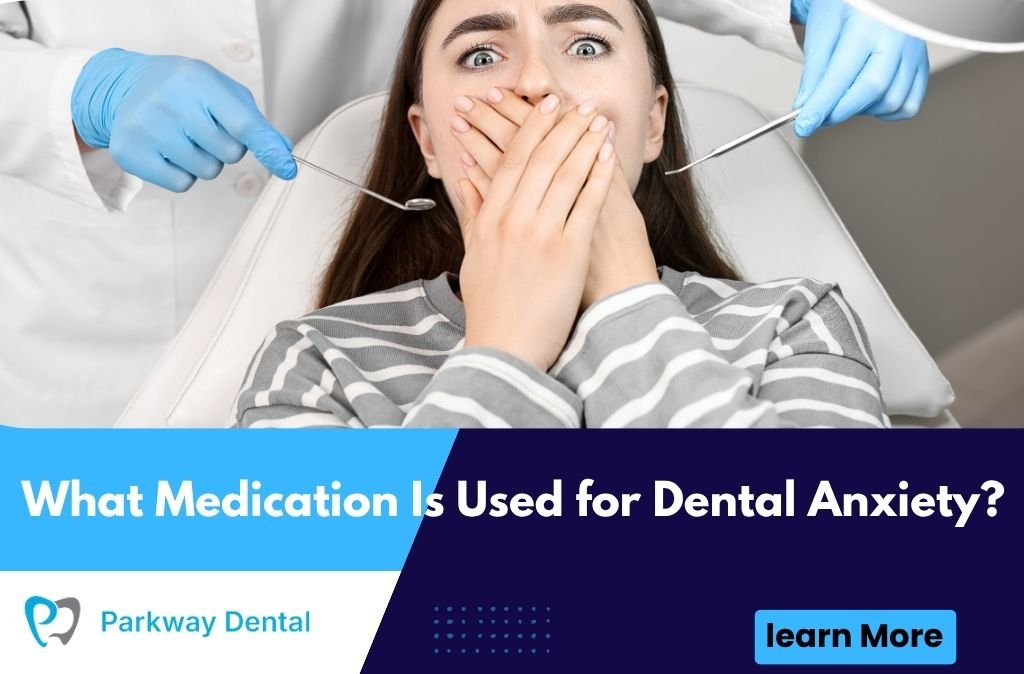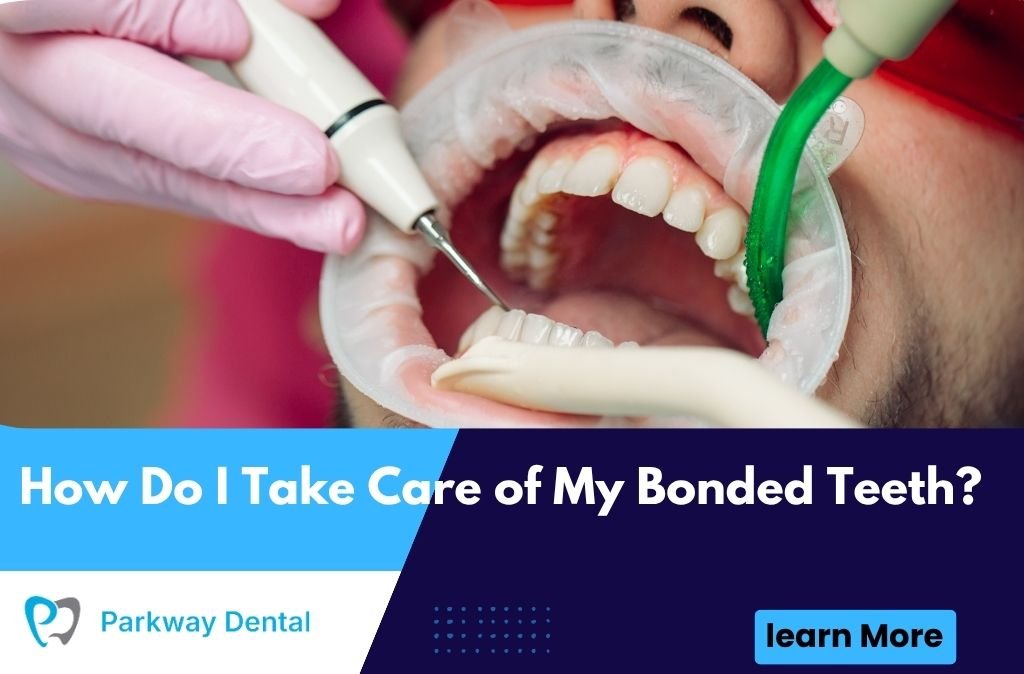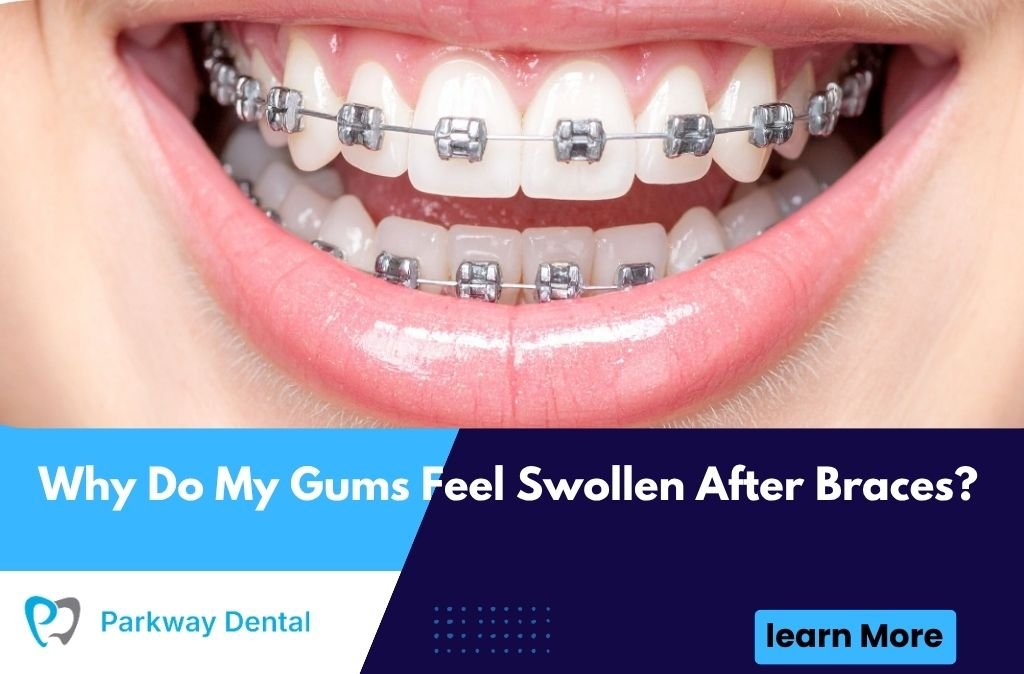Dental anxiety affects millions of people worldwide, ranging from mild nervousness to severe phobia that prevents individuals from seeking necessary dental care. For many, the fear of dental procedures is so overwhelming that they avoid the dentist altogether, leading to deteriorating oral health and more complex problems down the road. Fortunately, modern dentistry offers various medication options to help anxious patients feel calm and comfortable during dental treatments. Understanding the different types of medications available, how they work, and which might be appropriate for your situation can help you overcome dental anxiety and maintain the oral health you deserve. This comprehensive guide explores the medications commonly used to manage dental fear and anxiety, empowering you to have informed conversations with your dental provider.
Table of Contents
Understanding Dental Anxiety and Sedation Options
Before discussing specific medications, it’s important to understand the different levels of dental anxiety and how various sedation approaches address these concerns. This knowledge helps you identify which option might be most appropriate for your needs.
Levels of Dental Anxiety
Dental anxiety exists on a spectrum, and the appropriate medication depends on the severity of your fear. Mild anxiety involves general nervousness about dental appointments but doesn’t prevent you from attending, moderate anxiety causes significant distress and may lead to postponing appointments, while severe anxiety or dental phobia results in avoiding dental care entirely, sometimes for years or decades. Some patients experience specific triggers like needles, drilling sounds, or feelings of loss of control, while others have generalized fear about all aspects of dental treatment. Your dentist will assess your anxiety level and discuss your specific concerns to determine the most appropriate sedation approach. Understanding that your feelings are valid and that effective solutions exist is the first step toward getting the dental care you need.
Types of Sedation Dentistry
Dental sedation falls into several categories based on how deeply it affects your consciousness. Minimal sedation keeps you awake but relaxed, moderate sedation may cause you to slur words and not remember much of the procedure, deep sedation puts you on the edge of consciousness but you can still be awakened, and general anesthesia renders you completely unconscious. The medication options discussed in this article primarily address minimal to moderate sedation, which is appropriate for most dental anxiety cases. More intensive sedation or general anesthesia is typically reserved for extensive procedures, patients with severe phobia, or individuals with special needs.
Oral Anti-Anxiety Medications
Oral medications taken before your dental appointment represent the most common pharmaceutical approach to managing dental anxiety. These medications are convenient, relatively inexpensive, and effective for many patients experiencing mild to moderate anxiety.
Benzodiazepines: The Most Common Choice
Benzodiazepines are the most frequently prescribed class of medications for dental anxiety due to their effectiveness and safety profile when used appropriately. These medications work by enhancing the effect of a neurotransmitter called GABA in the brain, producing calming, sedative, and muscle-relaxing effects. Common benzodiazepines used in dental settings include diazepam (Valium), triazolam (Halcion), lorazepam (Ativan), and midazolam (Versed). Triazolam is particularly popular for dental sedation because it has a rapid onset and relatively short duration of action, making it ideal for dental appointments. Patients typically take the medication 30 to 60 minutes before their appointment, achieving a relaxed, drowsy state while remaining conscious and able to respond to instructions. The effects usually wear off within a few hours, though you’ll need someone to drive you home as your reflexes and judgment will be impaired.
Dosing and Administration
The appropriate dose of oral anti-anxiety medication varies based on your weight, age, overall health, anxiety level, and the length and complexity of the planned dental procedure. Your dentist will typically start with a conservative dose, especially if you haven’t used these medications before, to assess your response. Some dentists recommend taking a test dose at home several days before your appointment to see how you react to the medication in a safe environment. You’ll receive specific instructions about when to take the medication, whether to eat beforehand (usually you should avoid large meals), and what to expect. It’s crucial to follow these instructions precisely and to inform your dentist about all other medications you’re taking, as benzodiazepines can interact with certain drugs. Never combine these medications with alcohol, as this dangerous combination can cause severe sedation, respiratory depression, and other serious complications.
Benefits and Considerations
Oral anti-anxiety medications offer several advantages for managing dental fear. They’re non-invasive, requiring no needles or special equipment, relatively inexpensive compared to other sedation methods, and can be taken at home before your appointment. The medications are generally safe when prescribed and monitored by a qualified dentist, and they’re effective for many patients with mild to moderate anxiety. However, there are important considerations to keep in mind. The sedation level can be unpredictable, as medication absorption and response vary between individuals. You’ll need someone to drive you to and from your appointment, and you should plan to take the rest of the day off from work or other responsibilities. Some people experience side effects like drowsiness that persists for several hours, dry mouth, or dizziness. Additionally, these medications can be habit-forming with repeated use, so they’re not ideal for patients requiring frequent dental visits.
Nitrous Oxide: Laughing Gas
Nitrous oxide, commonly known as laughing gas, is one of the oldest and most widely used sedation methods in dentistry. Its unique properties make it an excellent option for patients with mild to moderate anxiety who want sedation that wears off quickly.
How Nitrous Oxide Works
Nitrous oxide is an inhaled sedative that you breathe through a small mask placed over your nose during your dental procedure. The gas produces feelings of relaxation, euphoria, and reduced anxiety within minutes of inhalation. Unlike oral medications, the effects of nitrous oxide are almost immediate and completely reversible—once the mask is removed and you breathe normal oxygen for a few minutes, the sedative effects disappear entirely. This makes nitrous oxide ideal for patients who need to drive themselves home after their appointment or return to work or other activities immediately. During treatment, you remain fully conscious and can respond to your dentist’s instructions, but you’ll feel calm, relaxed, and less aware of or bothered by the dental work being performed. Many patients report that time seems to pass quickly while under nitrous oxide, and some experience pleasant tingling sensations or slight lightheadedness.
Advantages of Nitrous Oxide
Nitrous oxide offers several compelling benefits that make it popular among both dentists and patients. The onset of sedation is rapid, typically within three to five minutes of beginning inhalation, and the depth of sedation can be easily adjusted throughout the procedure by controlling the concentration of gas delivered. Recovery is nearly instantaneous—you can drive yourself home and resume normal activities immediately after your appointment. The method is very safe with minimal side effects for most patients, and it works well for patients of all ages, including children. Nitrous oxide doesn’t require injections, which is particularly beneficial for patients with needle phobia. The gas also has some pain-relieving properties, complementing the local anesthetic used during dental procedures. For these reasons, nitrous oxide is often the first-line sedation option offered to anxious dental patients.
Limitations and Side Effects
While nitrous oxide is generally safe and effective, it has some limitations. The level of sedation achieved is minimal to moderate, so it may not be sufficient for patients with severe dental phobia or those undergoing very lengthy procedures. Some people don’t respond well to nitrous oxide or find the mask uncomfortable. Mild side effects can include nausea (especially if you’ve eaten a large meal beforehand), dizziness, headache, or excessive sweating. Nitrous oxide is not recommended for pregnant women, particularly during the first trimester, or for patients with certain respiratory conditions, vitamin B12 deficiency, or a history of substance abuse. Despite these limitations, nitrous oxide remains an excellent option for many patients seeking relief from dental anxiety without the prolonged effects of oral medications.
IV Sedation Medications
For patients with moderate to severe dental anxiety or those undergoing extensive procedures, intravenous (IV) sedation offers a deeper level of relaxation than oral medications or nitrous oxide can provide. This approach requires specialized training and monitoring but can be life-changing for patients with significant dental fear.
Common IV Sedation Drugs
Several medications can be administered intravenously for dental sedation, often used in combination to achieve optimal results. Midazolam is the most commonly used IV sedation drug for dentistry, providing rapid onset of sedation, amnesia, and anxiety relief. Propofol is a short-acting sedative that produces deeper sedation and quick recovery, often used for longer procedures. Fentanyl, a potent pain reliever, is sometimes combined with sedatives to provide both anxiety relief and pain control. Ketamine may be used in some cases, particularly for patients who don’t respond well to other medications. The specific drugs and doses used depend on your medical history, anxiety level, procedure length, and the dentist’s or anesthesiologist’s training and preference. IV sedation produces moderate to deep sedation, meaning you may not remember the procedure and might drift in and out of consciousness, though you can usually still respond to verbal commands.
The IV Sedation Process
Receiving IV sedation requires more preparation and monitoring than other sedation methods. Before your appointment, you’ll undergo a medical evaluation to ensure you’re a good candidate for IV sedation. You’ll receive specific pre-appointment instructions, including fasting requirements—typically no food or drink for six to eight hours before the procedure. On the day of treatment, an IV line is placed in your arm or hand, through which sedative medications are administered. Your vital signs—including heart rate, blood pressure, oxygen levels, and breathing—are continuously monitored throughout the procedure by the dentist or a trained professional such as an anesthesiologist or nurse anesthetist. The sedation level can be adjusted throughout the procedure to keep you comfortable. After treatment, you’ll rest in the dental office until you’re stable enough to leave, and you must have a responsible adult drive you home and stay with you for several hours.
When IV Sedation Is Recommended
IV sedation is typically recommended for patients with severe dental anxiety or phobia that makes treatment impossible with lesser sedation, those undergoing lengthy or complex procedures such as multiple extractions or extensive restorative work, individuals with a strong gag reflex that interferes with dental treatment, patients with special needs who have difficulty cooperating, or those who haven’t been able to receive dental care due to fear despite other sedation methods. While IV sedation is more expensive and requires more preparation than oral medications or nitrous oxide, it can be transformative for patients who would otherwise avoid necessary dental care. Many patients report that IV sedation completely changed their relationship with dentistry, finally allowing them to receive treatment comfortably.
Anti-Anxiety Medications for Long-Term Management
Some patients benefit from medications that address underlying anxiety disorders rather than just providing sedation for dental appointments. These approaches can be helpful when dental anxiety is part of a broader pattern of anxiety.
SSRIs and Long-Acting Anxiolytics
For patients with generalized anxiety disorder or other anxiety conditions that include dental fear as one component, long-term medications like selective serotonin reuptake inhibitors (SSRIs) such as sertraline (Zoloft) or escitalopram (Lexapro) may help. These medications don’t provide immediate sedation but can reduce overall anxiety levels when taken regularly over time. Beta-blockers like propranolol can help control the physical symptoms of anxiety such as rapid heartbeat and trembling, and are sometimes taken an hour before dental appointments. These approaches should be discussed with your physician or psychiatrist rather than your dentist, as they involve treating underlying mental health conditions. When combined with cognitive-behavioral therapy and gradual exposure to dental settings, these medications can help some patients eventually undergo dental treatment with minimal or no sedation.
Alternative and Complementary Approaches
While medications are highly effective for managing dental anxiety, they’re not the only option. Some patients prefer non-pharmaceutical approaches or use them to complement medication, potentially reducing the amount of sedation needed.
Non-Medication Anxiety Management
Several non-medication techniques can help reduce dental anxiety. Cognitive-behavioral therapy (CBT) helps identify and change thought patterns that contribute to dental fear. Progressive muscle relaxation teaches you to release tension systematically throughout your body. Guided imagery and meditation can help you focus on calming mental images rather than anxiety-provoking aspects of dental treatment. Deep breathing exercises activate your body’s relaxation response and can be used before and during appointments. Distraction techniques like listening to music or watching videos during treatment can redirect your attention away from anxiety triggers. Communicating openly with your dentist about your fears, establishing stop signals, and scheduling shorter appointments can also significantly reduce anxiety. For many patients, combining these techniques with appropriate medication provides the best results.
Safety Considerations and Precautions
While dental sedation medications are generally safe when administered properly, understanding important safety considerations ensures the best possible experience and outcomes.
Medical History and Screening
Before prescribing any sedation medication, your dentist will review your complete medical history, including current medications, allergies, previous reactions to sedation or anesthesia, medical conditions like heart disease, liver or kidney problems, respiratory issues, or sleep apnea, pregnancy or nursing status, and history of substance abuse. This information is crucial for selecting the safest and most effective sedation option for your individual circumstances. Be completely honest with your dentist about your health history, as withholding information could lead to dangerous complications. Some medical conditions may make certain sedation options inappropriate, but there’s usually an alternative approach that can work safely for you.
Risks and Complications
While serious complications from dental sedation are rare, understanding potential risks helps you make informed decisions. Possible risks include respiratory depression (slowed breathing), especially with deeper sedation levels, allergic reactions to medications, nausea and vomiting, prolonged drowsiness or grogginess, temporary memory impairment, changes in blood pressure or heart rate, and paradoxical reactions where the medication causes agitation instead of sedation. These risks are minimized through proper patient screening, appropriate medication selection and dosing, continuous monitoring during treatment, and having emergency equipment and trained personnel available. Choosing a dentist with proper training and certification in sedation dentistry is crucial for safety.
Post-Sedation Care
After receiving sedation medication, following proper aftercare instructions is essential for your safety and comfort. You’ll need a responsible adult to drive you home and remain with you for several hours if you’ve had oral sedation or IV sedation. Avoid alcohol, driving, operating machinery, making important decisions, or signing legal documents for at least 24 hours after sedation. Rest at home and allow the medication to fully wear off. Eat light meals initially, especially if you experienced nausea. Take any prescribed medications as directed, and contact your dentist if you experience unusual symptoms, prolonged drowsiness, difficulty breathing, chest pain, or severe nausea. Most patients feel completely back to normal within 24 hours, though some effects like mild fatigue might persist slightly longer with certain medications.
Choosing the Right Sedation Option
With multiple medication options available for managing dental anxiety, selecting the most appropriate one for your situation involves considering several important factors.
Factors to Consider
The best sedation choice depends on the severity of your anxiety (mild nervousness versus severe phobia), the type and length of the dental procedure planned, your medical history and current medications, whether you can arrange transportation and someone to stay with you afterward, your budget and insurance coverage, and your personal preferences regarding how conscious you want to be during treatment. Your dentist will discuss these factors with you and recommend the most suitable option. Don’t hesitate to ask questions about what each option involves, how you’ll feel during and after the procedure, costs and insurance coverage, the dentist’s training and experience with that sedation method, and what safety measures are in place.
Starting with the Least Invasive Option
Many dentists recommend beginning with the least invasive sedation method that’s likely to be effective, progressing to stronger options only if necessary. For example, you might try nitrous oxide first for a simple procedure, then consider oral sedation if you need more anxiety relief. This approach minimizes risks and side effects while helping you discover the minimum sedation level that allows you to receive comfortable dental care. Some patients find that once they’ve had a few positive experiences with milder sedation, their anxiety decreases and they eventually need less or no sedation for routine appointments.
Conclusion
Dental anxiety doesn’t have to prevent you from receiving the oral health care you need and deserve. Modern dentistry offers a range of effective medication options—from oral anti-anxiety medications and nitrous oxide to IV sedation—that can help even the most anxious patients feel comfortable during dental treatment. Understanding these options, how they work, and what to expect empowers you to have productive conversations with your dentist about managing your anxiety. The key is open communication with a compassionate dental professional who understands your fears and is committed to making your experience as comfortable as possible.
If dental anxiety has been keeping you from necessary care, now is the time to take action. Don’t let fear compromise your oral health and overall wellbeing any longer. Consider reaching out to a caring and experienced Dentist in West Roxbury, MA who offers sedation options and specializes in treating anxious patients. With the right medication, a supportive dental team, and perhaps some complementary relaxation techniques, you can overcome your dental fears and achieve the healthy, beautiful smile you deserve. Remember, the first step is often the hardest, but once you experience comfortable, anxiety-free dental care, you’ll wonder why you waited so long to seek help.






